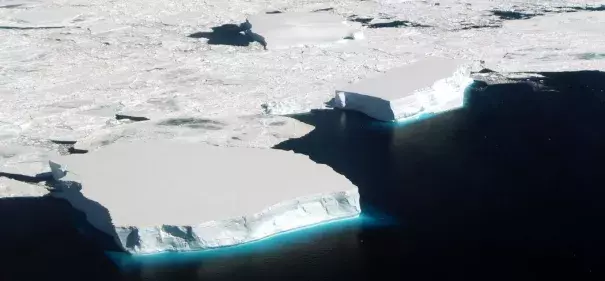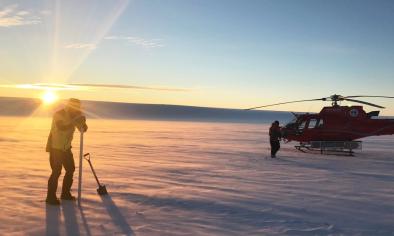Antarctica Is Melting Three Times as Fast as a Decade Ago

Between 60 and 90 percent of the world’s fresh water is frozen in the ice sheets of Antarctica, a continent roughly the size of the United States and Mexico combined. If all that ice melted, it would be enough to raise the world’s sea levels by roughly 200 feet.
While that won’t happen overnight, Antarctica is indeed melting, and a study published Wednesday in the journal Nature shows that the melting is speeding up.
The rate at which Antarctica is losing ice has tripled since 2007, according to the latest available data. The continent is now melting so fast, scientists say, that it will contribute six inches (15 centimeters) to sea-level rise by 2100. That is at the upper end of what the Intergovernmental Panel on Climate Change has estimated Antarctica alone could contribute to sea level rise this century.
“Around Brooklyn you get flooding once a year or so, but if you raise sea level by 15 centimeters then that’s going to happen 20 times a year,” said Andrew Shepherd, a professor of earth observation at the University of Leeds and the lead author of the study.
...
Between 1992 and 2017, Antarctica shed three trillion tons of ice. This has led to an increase in sea levels of roughly three-tenths of an inch, which doesn’t seem like much. But 40 percent of that increase came from the last five years of the study period, from 2012 to 2017.
Antarctica is not the only contributor to sea level rise. Greenland lost an estimated 1 trillion tons of ice between 2011 and 2014. And as oceans warm, their waters expand and occupy more space, also raising sea levels. The melting ice and warming waters have all been primarily driven by human emissions of greenhouse gases.
Related Content





